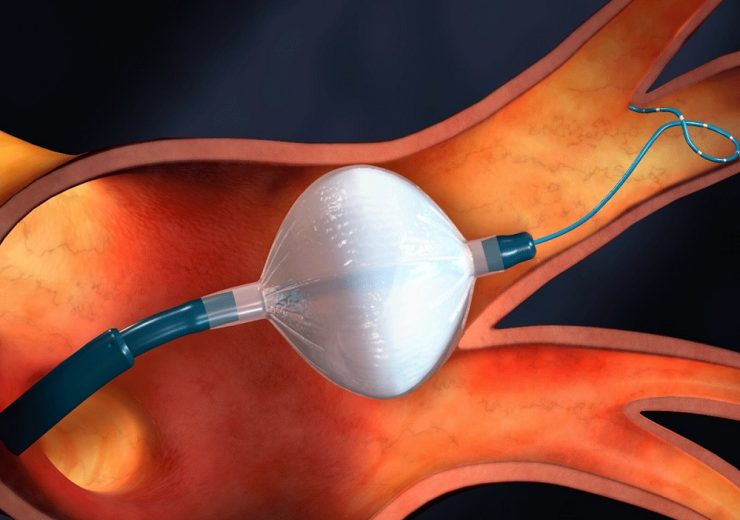Arctic Front Family of cryoablation catheters are indicated for recurrent symptomatic paroxysmal atrial fibrillation (PAF)

Arctic Front Advance™ Cardiac Cryoablation System. (Credit: Medtronic.)
Medtronic has received the US Food and Drug Administration (FDA) expanded approval for the Arctic Front Family of Cardiac Cryoablation Catheters to treat a type of atrial fibrillation.
The US regulator indicated the catheters for recurrent symptomatic paroxysmal atrial fibrillation (PAF), as an alternative to antiarrhythmic drug (AAD) therapy.
Medtronic said that its Arctic Front family of cardiac cryoablation catheters are the first and only catheter ablation devices approved in the US.
They are designed to improve outcomes for AF patients before drug failure and reduce the time from diagnosis to ablation with effective and predictable outcomes.
The company stated that three recent clinical trials demonstrated the safety of the Medtronic cryoballoon and shown the superiority of Arctic Front Cryoballoon ablation in preventing atrial arrhythmia recurrence in patients with PAF.
Medtronic Cardiac Ablation Solutions business president Rebecca Seidel said: “With this milestone announcement, Medtronic now has the only ablation catheter approved by the FDA to be used as a first-line treatment in the US to treat AF.
“The indication expansion demonstrates how Medtronic continues to lead the way in cardiac ablation solutions for arrhythmia management and fill a market need for an early rhythm control strategy for what is a very progressive disease.
“For the millions of Americans who struggle with simple, daily tasks like walking up the stairs or getting the mail because of their AF, the expanded indication offers an alternative treatment option to antiarrhythmic drug therapy.”
The expanded FDA indication is based on the results from STOP AF First, a Medtronic-sponsored multicentred randomised trial in 225 patients at 24 sites in the US.
The study showed superior efficacy of the Medtronic cryoablation procedure for preventing atrial arrhythmia recurrence compared to the use of AAD therapy.
In the study, patients who never received AAD therapy were randomised to receive cryoablation or AAD treatment and were followed up for 12 months.
The results showed that 74.6% of the patients in the cryoballoon arm of the study achieved treatment success at 12 months, compared to 45% in the AAD arm.
The quality of life (QoL) data showed that cryoballoon ablation resulted in significant improvements in quality of life as assessed using the AFEQT and EQ-5D questionnaires.
First-line treatment using catheter ablation resulted in a low rate of patient complications, and the serious adverse events were similar between the treatment groups.
STOP AF First clinical trial principal investigator Oussama Wazni said: “Expanded FDA approval, coupled with the growing body of clinical evidence, demonstrate cryoablation as a first-line treatment is a more effective solution for preventing atrial arrhythmia recurrence.
“With this new indication, physicians now have more options to treat AF earlier, and we’ve seen that patients do better when treated earlier.
“Patients can now be referred for a cryoablation to effectively control their AF rather than trying drug therapy first, potentially allowing them get back to living their lives without the added anxiety of progressing AF symptoms and potential health complications.”
